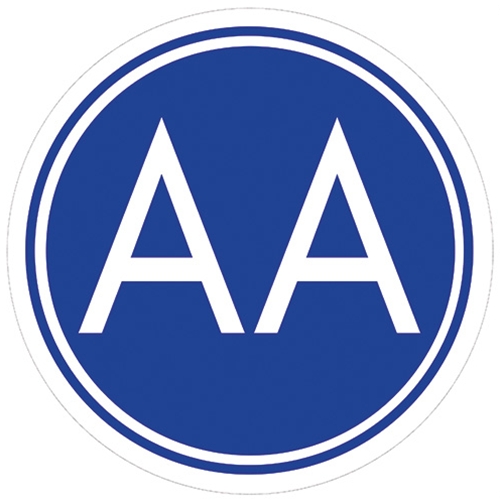

It is also an avenue they hope they can continue offering clients in the future, regardless of whether things return to normal soon.Īndi Pawasarat-Losalio, executive director at the Bridge House in Honalo, said the switch to Zoom meetings and therapy sessions helped the clean and sober living center continue to provide recovery support during a time when the world seemed to stop. Staff at substance abuse centers on the Big Island said Zoom was a life-saving component to continuing their recovery programs during the pandemic. While AA is finding it may not be easy or even smart to give up the online sessions, some AA members think the platform is too easy a shortcut in what they consider a life-and-death struggle with alcohol. But AA is one of the organizations, along with government and businesses, that found there were major advantages in holding meetings via Zoom, including more turnout. Now, as the pandemic eases and restrictions are being lifted, in-person meetings are returning as the norm. “I liked being down at the beach with the people that I know, where I got sober,” Chris said. Now AA is considering whether keeping some Zoom options is the smart way to go. When the pandemic hit, the in-person meetings that have long been a foundation of Alcoholics Anonymous moved to online Zoom sessions. They didn’t believe Zoom meetings provided the same fellowship, energy and miraculous messaging of in-person gatherings. Then some members, like Chris, fearing they could slip, started attending a network of renegade meetings.

“I was hopeless.”Ĭhris got sober just over two years ago through Alcoholics Anonymous on the Big Island.īut when the pandemic hit, the important in-person support group meetings so necessary to AA stopped. So did interventions by loved ones, who tried to talk - or scare - sense into Chris about the direction his life was heading. When he came to, he’d be in a hospital bed.

The Big Book – the 164-page instruction manual millions of alcoholics or heavy drinkers have used to become sober – also describes Chris’ condition as “hopeless.”Ĭhris, 35, lean with a tattoo on one of his forearms, used to drink himself into hospital confinement.īack then, he’d start drinking with his buddies or after one of his shifts as a server. is what the Big Book of Alcoholics Anonymous would describe as a “real alcoholic” – one of those drinkers who cannot control his consumption once he takes his first sip. Editor’s note: Civil Beat is using only first name and last initial of some Alcoholics Anonymous members in this story in keeping with AA’s guidelines for members.Ĭhris B.


 0 kommentar(er)
0 kommentar(er)
